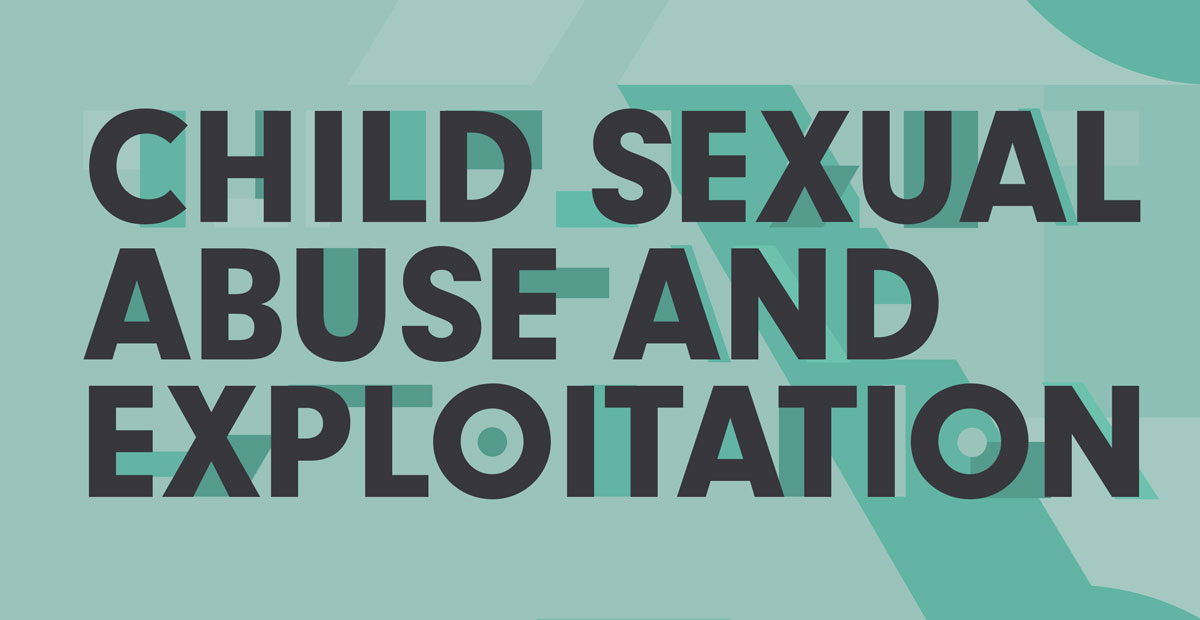
Este blog forma parte de la serie "Estableciendo Conexiones". Cada blog se centra en una forma específica de violencia.
Este año, Equimundo y Fundación Oak lanzaron Normas masculinas y violencia: estableciendo conexiones, un nuevo informe que examina los vínculos entre las normas masculinas dañinas y ocho formas de comportamiento violento.
Si bien no hay nada inherente a ser hombre que impulse la violencia, la forma en que socializamos a los niños en sus identidades como hombres y lo que esperamos de ellos —es decir, las normas sociales de masculinidad— está innegablemente vinculado a la violencia. De hecho, a menudo se cría, socializa y se anima a los niños y a los hombres a usar la violencia de alguna forma; en general, los hombres y los niños tienen una probabilidad desproporcionada de perpetrar la mayoría de las formas de violencia y de morir por homicidio y suicidio. Sin embargo, la investigación afirma que esta violencia es prevenible, la igualdad de género es alcanzable y las normas e ideas no violentas sobre la masculinidad son prevalentes y poderosas.
This third blog in the Estableciendo las conexiones series focuses on child sexual abuse and exploitation. It breaks down the facts on this issue, its linkages to other forms of violence, and recommendations for action.
Abuso y explotación sexual infantil
Los hechos
Child sexual abuse and child sexual exploitation are distinct phenomena with distinct patterns of prevalence worldwide, with disagreement among scholars about overlaps and distinctions in causes underlying perpetration.
Son raras las estimaciones rigurosas en varios países sobre la incidencia y prevalencia del abuso sexual infantil, pero todos los datos apuntan al enorme alcance de esta violencia y al hecho de que los perpetradores son abrumadoramente hombres.
The International Labour Organization estimates that 1.8 million children worldwide are sexually exploited every year.
Los enlaces
Given the preponderance of evidence that perpetration of child sexual abuse is a nearly exclusively male behavior, research into gender norms and masculine norms as a root cause of this violence is fairly limited. Researchers of child sexual abuse frequently discuss social conditions and “social ecosystems” that shape, promote, or restrict sexually abusive behaviors against children. Much of the sexual-abuse literature also points to “antisocial orientation” or “antisocial behavior” as a major predictor of sexual assault and of recidivism among prior offenders. However, many characteristics of perpetrators cited as factors that increase the risk of perpetration resemble the harmful masculine norms discussed in this report, such as impulsivity, fighting, and excessive drinking.
Gender norms that associate manhood with heterosexual prowess and with access to, and control over, the bodies of women, girls, and boys also contribute to male perpetration of sexual exploitation. Trafficking of persons – and specifically the sexual exploitation of children (usually girls in most settings, but predominantly boys in some Central Asian settings) – is also related to masculine norms. Central to these processes is the strict regulation of women and girls’ sexual lives and the simultaneous hyper-sexualization of their bodies from an early age.
Las intersecciones
Social factors such as masculine norms interact with evolutionary, biological, and situational factors in underpinning perpetration of child sexual abuse. Patterns and perpetration of child sexual abuse present an important opportunity to apply a “gender lens,” particularly a focus on masculine norms, in future research. Furthermore, any understanding of the root causes of child sexual exploitation must go beyond the individual trafficker or consumer of sex; wider social acceptability of trafficking and sexual exploitation also plays a role. It is also important to emphasize that child sexual abuse overwhelmingly involves perpetrators who are related or known to the victim.
Generational effects of childhood experiences of sexual abuse are also clear; the incidence of sexual assault in the childhood of perpetrators is often significantly higher than in the general population.
De la teoría a la práctica
It is rare for work to prevent child sexual abuse and exploitation to incorporate gender-transformative approaches addressing harmful masculinities. Initiatives aiming to prevent child sexual abuse and exploitation should focus on the following transformations:
- Investigar y deconstruir las formas en que las normas sociales relacionadas con la masculinidad pueden conducir a las mismas tendencias y prácticas antisociales que están vinculadas a la perpetración del abuso sexual infantil.
- Proporcionar educación sobre qué es la explotación sexual infantil y sobre cómo operan dinámicas de poder desiguales en las relaciones íntimas y sexuales entre un adulto y un menor.
- Demostrar los efectos amplios, duraderos y nocivos de la explotación sexual infantil para los niños de todos los géneros e insistir en que nunca está justificada.
- Fomentar el debate y la exploración de masculinidades y sexualidades alternativas que proporcionen ideas saludables y no violentas de la hombría, desvinculadas de la destreza sexual, el dominio y el control.
- Pídales a los participantes que nombren, reconozcan y discutan la naturaleza explotadora del sexo transaccional y cómo las normas de género dañinas informan esta dinámica.
Lea el resto del Estableciendo las conexiones blog series to learn more about intimate partner violence; physical violence against children; bullying; homicide and violent crime; non-partner sexual violence; suicide; and conflict and war.
